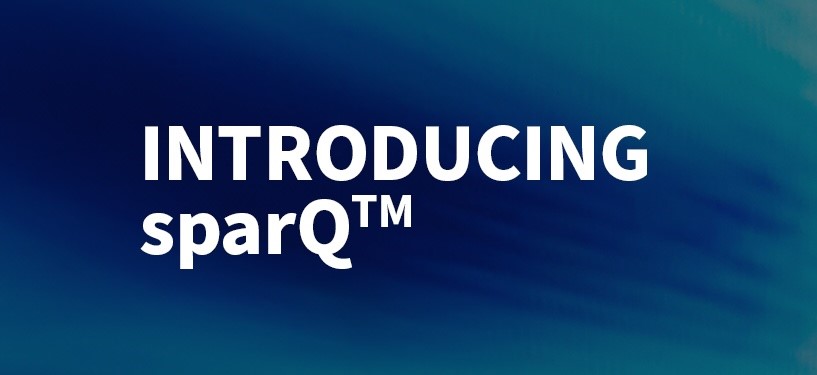The employee wellness program market is expansive with endless options and varying levels of engagement. With more than one-third of a person’s day spent at work, organizations have a responsibility to support employee wellbeing. A good workplace wellness program is one that provides a tool for your employees to improve their health. A great wellness program understands that not all employees have the same needs, learning styles, and goals. Implementing a great wellness program leads to long-term improved employee health, the reduction of healthcare costs, and an increase in an organization’s overall wellbeing.
A great employer implements a great wellness program–showing they truly care for their organization, not just choosing any program out of duty. The following 4 topics are ways to determine if the program you choose is a good or a great program, attaining the most cost-effective solution.
- A good employee wellness program has trustworthy content. A great program personalizes the content for the employee.
An internet search for the best health and wellness tips reveals an assortment of ideas – many with conflicting concepts. For this reason, a program with science-backed content, vetted by experts, and studied in trials is a good offering in the market. A great wellness program, on the other hand, takes this a step further and personalizes the proven content to the individual.
Personalized content keeps bringing the employee back to the platform – much like how social media works. When an individual finds content that is both helpful and relevant to their current needs and preferences, they are more inclined to engage. Engagement leads to actions and actions lead to results. For example, if an employee is looking to improve their nutrition but travels a lot for their job, the content will be more specific to finding healthy on-the-go foods instead of providing generic content on dieting or wellness. The relevance of the content encourages the individual to continue to participate in the program. In other words, a great wellness program provides a personalized, customized experience.
- A good employee wellness program gets a member to do a specific action(s) to achieve a goal. A great program is effective at creating lasting change because it leverages behavioral science.
Good wellness programs encourage members to perform an action or multiple actions to move them closer to a goal. This can help in the short-term by reducing negatively impacting behaviors and increasing positive behaviors, but once such a program is ended, the individual will likely return to their old actions.
Creating lasting change requires creating a new habit and a new mindset. It takes time and perseverance but is achievable. A program based on behavioral science uses a systemic approach to discovering the underlying mechanisms behind the change. Stanford researcher BJ Fogg, PhD states there are three parts to behavior change: a person must have sufficient motivation, the ability to do so, and an effective prompt or reminder. Great wellness programs hit each component. The program must have the ability to identify or establish a source of motivation (techniques vary per individual), break actions into small, manageable steps (where personalization is a must), and provide cues (not solely dependent on the program) to ensure long-term successful habit forming.
- A good employee wellness program is accessible – anytime, anywhere! A great program provides a health coach/support in real-time – anytime, anywhere!
A good wellness program is one that is always accessible. In a world of instant gratification and self-help, people want access to care at their fingertips. Convenience is key.
A great program has the same offering but is topped off with a personal human health coach. This takes into consideration the humanized experience of change, providing support when it is needed. Coaches are a key component of deeper program personalization. For example, a smoker may require extra help for smoking cessation outside of office hours. At this point, speaking to someone is perhaps incredibly helpful for the overall goal of leaving the cigarette behind for good. Health coaching also empowers individuals to determine their barriers of change and make steps to become their own best coach. Anytime access to a resource like human connection is invaluable.
Great results speak for themselves. A study conducted by Livongo concluded that individuals on a wellness program with personal RestoreHealth coaching saw 6-8x greater improvements in hemoglobin A1c and weight loss than a control group on the same curriculum without health coaching.
- A good employee wellness program has a practical emphasis on disease management. A great program provides early detection initiatives with preventive actions.
Good employee programs help employees manage their health concerns. This includes the management of common chronic conditions such as diabetes, anxiety, and depression, and cardiovascular diseases, which are some of the larger ticket conditions when it comes to healthcare costs. However, not all employees respond to general chronic condition programs, requiring further customization and accountability. Furthermore, many employees do not identify as having such a condition…yet.
A great program supports early detection of these conditions and provides information and practical advice on how to prevent these illnesses. If an employee is later diagnosed with a chronic condition, the program continues to provide more information for disease management. Great wellness programs adapt their content to match the current concerns of an individual and prevent furthering any illnesses. One organization that provides surveys and preventative information for mental health disorders is MindWise Innovations . They are partnered with RestoreResilience to deliver early detection screenings, mental health resources, and expert content through an innovative wellness program.
A great employee wellness program has four main components. By far, the most crucial element is personalization. With high accessibility, customization of content backed by behavioral change theories, and human coaching, a good wellness program turns into a great solution.



